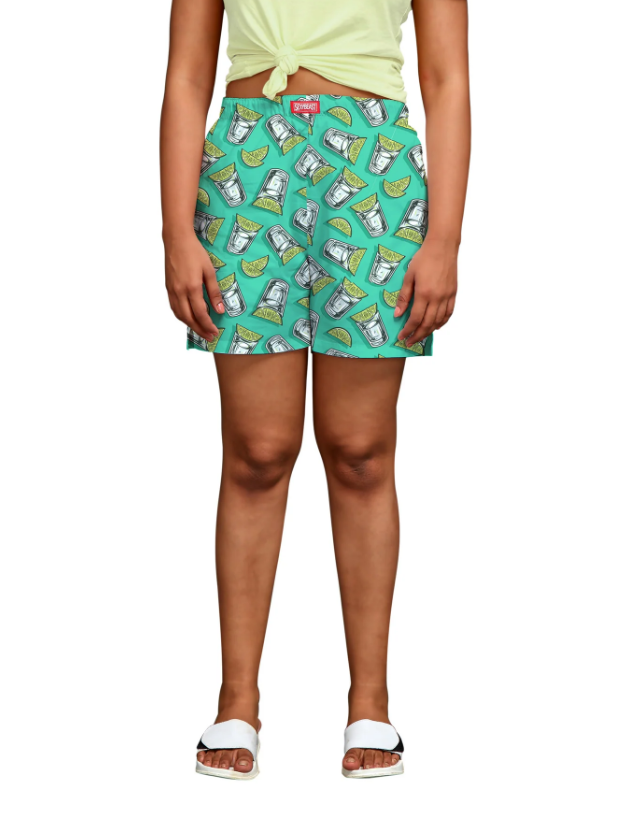Web Design for E-Commerce: Best Practices for a Successful Online Store
In the fast-paced world of web design agency dallas e-commerce, a well-designed website is a crucial element in creating a successful online store. The user experience, visual appeal, and functionality of your e-commerce site directly impact customer satisfaction and conversion rates. In this article, we’ll explore best practices for web design tailored specifically for e-commerce, aiming to provide a seamless and enjoyable shopping experience for users.
Prioritize User-Friendly Navigation
Effective navigation is the backbone of any successful e-commerce website. Users should be able to easily find products, explore categories, and navigate through the site without confusion. Implement the following strategies to enhance user-friendly navigation:
Clear and Intuitive Menu Structure: Organize your products into clear categories and subcategories. Ensure that the menu structure is logical, making it easy for users to locate what they are looking for. Avoid overcrowded menus and consider implementing mega menus for large product catalogs.
Search Functionality: Integrate a robust search functionality that provides relevant results quickly. Include filters and sorting options to help users refine their search based on criteria such as price, brand, or product attributes. Autocomplete suggestions can further expedite the search process.
Breadcrumb Navigation: Incorporate breadcrumb trails to show users their current location within the site’s hierarchy. This not only aids navigation but also provides a sense of context, helping users understand where they are in their shopping journey.
Optimize Product Pages for Conversions
Product pages are the focal point of any e-commerce site. Optimizing these pages for conversions involves balancing informative content with persuasive design elements. Consider the following tips:
High-Quality Product Images: Display high-resolution images that showcase your products from multiple angles. Include zoom functionality to allow users to inspect details closely. Quality visuals build trust and provide a clearer understanding of the product.
Detailed Product Descriptions: Accompany each product with detailed and informative descriptions. Highlight key features, specifications, and benefits. Incorporate persuasive language to encourage users to make a purchase.
Clear Calls-to-Action (CTAs): Use prominent and visually appealing CTAs, such as “Add to Cart” or “Buy Now.” Ensure that these buttons stand out on the page, making it easy for users to take the desired action. Employ contrasting colors to draw attention to the CTA.
Customer Reviews and Ratings: Integrate customer reviews and ratings on product pages. Positive reviews build credibility and trust, influencing potential customers. Consider implementing a review system that allows customers to provide feedback and share their experiences.
Streamline the Checkout Process
A seamless and straightforward checkout process is crucial for web design dallas tx reducing cart abandonment and encouraging successful transactions. Simplify the checkout experience with the following strategies:
Guest Checkout Option: Offer a guest checkout option to streamline the process for first-time customers. Avoid forcing users to create an account before completing a purchase. Allow them to register after the transaction if they choose.
Progress Indicators: Use progress indicators to show users the steps involved in the checkout process. Clearly communicate where users are in the process and how many steps remain. This transparency reduces anxiety and encourages users to proceed.
Multiple Payment Options: Provide diverse payment options to accommodate a broader audience. Include popular methods such as credit cards, digital wallets, and alternative payment solutions. Ensure the payment process is secure and complies with industry standards.
Shipping Cost Transparency: Clearly communicate shipping costs early in the checkout process. Unexpected shipping fees can deter customers from completing their purchase. If possible, offer free shipping or provide transparent shipping calculators.
Optimize Loading Speed for Better Performance
A slow-loading website can lead to frustration and increased bounce rates. Prioritize speed optimization to enhance user experience and encourage engagement.
Image Compression: Optimize images to reduce file sizes without compromising quality. Compressed images lead to faster loading times, particularly on mobile devices with limited bandwidth.
Minimize HTTP Requests: Reduce the number of HTTP requests by minimizing the use of external scripts and stylesheets. Consolidate and minify files to streamline the loading process. Consider using asynchronous loading for non-essential elements.
Content Delivery Network (CDN): Implement a Content Delivery Network to distribute your site’s assets across multiple servers worldwide. This geographically distributed approach ensures that users experience faster loading times regardless of their location.
Conclusion: Crafting a Seamless Shopping Experience
In the competitive landscape of e-commerce, a well-designed website is a potent tool for attracting and retaining customers. By prioritizing user-friendly navigation, optimizing product pages for conversions, streamlining the checkout process, implementing responsive design, investing in site security, and optimizing loading speed, you can create an online store that not only meets but exceeds user expectations.
Keep abreast of industry trends, continually assess user feedback, and adapt your web design strategies to stay ahead in the ever-evolving world of e-commerce. A successful online store is not just about selling products; it’s about providing a seamless and enjoyable shopping experience

